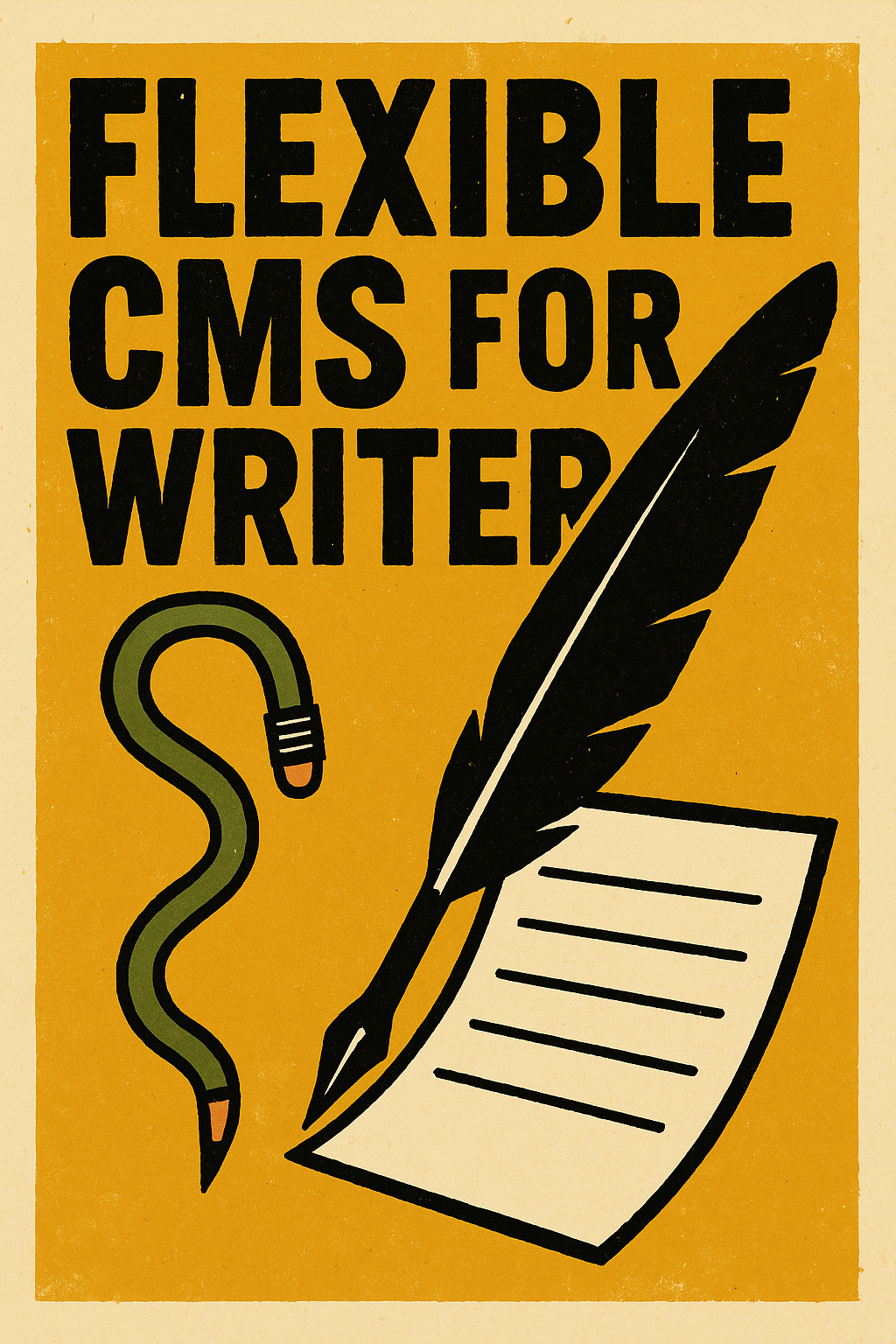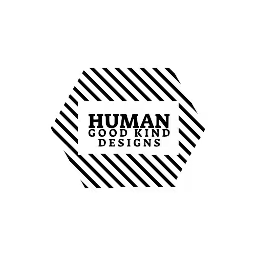Humangoodking Blog

Why “No AI Days” Are Essential for Staying Sharp as a Developer
April 12, 2025
Why “No AI Days” Are Essential for Staying Sharp as a Developer
AI-powered tools have revolutionized how we work as developers. From GitHub Copilot to ChatGPT, AI can quickly generate boilerplate code, debug issues, and even teach you new concepts on the fly. But this convenience comes with risks, both for experienced developers and for non-technical people who use these tools to dabble in coding. The danger isn’t that AI will replace us—it’s that relying on it without deeper understanding can create weak foundations and dangerous assumptions.
This idea hit home after reading Nitin Mishra’s article, “AI-Illiterate Programmers”. Mishra highlights that developers who lean too heavily on AI without learning core problem-solving skills may find themselves ineffective when AI-generated solutions fail. Inspired by this, I’ve embraced the concept of “No AI Days”—intentional time spent without AI assistance, instead focusing on documentation, manual problem-solving, and thoughtful coding practices.
And equally important, I’ve encouraged my team to think critically about the questions they ask AI and how they interpret its responses. The better the question, the better the outcome—and that’s where the true power of AI lies.
AI: A Private Tutor with Infinite Patience
The most effective way to think about AI isn’t as a magical problem-solver, but as a private tutor that is infinitely patient and always available to meet you exactly where you are. AI doesn’t judge you for asking the simplest questions, nor does it get frustrated when you revisit concepts you’ve already explored. It adapts to your current level of understanding, offering explanations that fit how much abstraction you can hold in your head at once.
Working with AI in this way has improved the value I bring to meetings because so much of ecommerce relies on technical implementation. I exist in the space between the machine and marketers and need to be able to distill human wants into terms the machine can understand—or vice versa, sharing the technical limitations with the team to see if the enhancement is actually making life easier or not.
But as with any tutor, the quality of the lesson depends on the clarity of your questions. If you’re vague or imprecise, AI can only work with what you give it, often producing surface-level answers that are 50% to 75% accurate. To unlock AI’s full potential, you need to approach it with thoughtful input and a clear understanding of what you’re looking for.
For example, if you ask AI to “show me how to filter products,” you’ll get something broad and generic. But if you say, “show me how to create a dynamic product filter using JavaScript that updates based on category selection while maintaining performance with large data sets,” you’re guiding the AI to produce something much closer to what you actually need. Specific questions lead to specific answers—just like they would with a human tutor.
This is why I’ve encouraged my team to think critically about the questions they ask AI. The better their input, the more valuable the AI’s output. And even if the AI’s response isn’t perfect, it’s often enough to get us 75% of the way to a solution—allowing us to iterate and refine the rest manually.
The Dangers of Over-Reliance on AI
AI tools have opened doors for non-technical people to engage with coding in ways that were previously inaccessible. A product manager can write JavaScript, or a designer can fuss with CSS changes—things that once required a developer’s intervention. But this democratization comes with risks.
Here’s the issue: AI-generated code often isn’t 100% correct. In fact, it’s often only partially correct, and without a deeper understanding of the underlying logic, non-technical users might copy and paste code without recognizing its flaws. Over time, this creates fragile solutions, technical debt, and hidden issues that developers will eventually have to clean up.
Even experienced developers can fall into this trap. The convenience of AI makes it easy to skip important steps, like optimizing for performance or handling edge cases. This is why No AI Days are essential—they force us to stay sharp, rely on foundational knowledge, and solve problems independently.
Why “No AI Days” Work
Taking time away from AI isn’t about rejecting the technology—it’s about keeping our problem-solving muscles strong and ensuring we stay in control of the solutions we build.
Here’s why this balance is important:
- Deeper Understanding: When you read documentation, debug manually, and write code from scratch, you gain knowledge that AI-generated answers can’t provide.
- Fewer Blind Spots: Without AI, you’re forced to think through problems thoroughly, reducing the likelihood of missed details or edge cases.
- Stronger Questions: No AI Days naturally improve how you frame problems. By solving issues manually, you understand what’s truly important—making future AI queries more precise and effective.
- Collaborative Problem-Solving: AI can help you explore solutions quickly, but only when paired with human oversight and refinement. You need to be able to critique its output and iterate on it for optimal results.
Balancing Non-Technical Involvement and Developer Expertise
I’m not against non-technical team members using AI for basic coding tasks—far from it. The ability for someone outside of engineering to contribute can increase productivity and reduce bottlenecks. But this involvement only works if there’s a process for validating AI-generated work. That’s where developer expertise comes in.
- Reviewing AI Work: Developers should always review AI-generated code for inefficiencies, bugs, and potential security risks.
- Guiding Non-Technical Users: Non-technical team members need guidance on how to frame questions effectively and recognize when the AI output may be incorrect.
- Fostering Collaboration: AI can enhance collaboration when non-technical users handle smaller tasks, freeing developers to focus on higher-level issues. But without proper oversight, AI-generated code can easily create more problems than it solves.
Final Thoughts: AI Is a Tool, Not a Crutch
AI is one of the most powerful tools at our disposal, but its real value comes from how we use it. AI can help sharpen your problem-solving skills, refine your question-asking abilities, and speed up iteration—but only if you approach it with purpose.
The better you understand the problem, the better your questions will be. The better your questions, the better AI can help you. This is the feedback loop that turns AI into a powerful learning tool rather than a shortcut. But without a foundation of understanding, you risk misinterpreting its responses or producing incomplete solutions.
That’s why I’ve found balance through deliberate practice: AI assists me, but it never replaces me. No AI Days keep me grounded, and they remind me of the importance of manual exploration, debugging, and critical thinking.
But perhaps one of the most empowering things AI has done for me is help me be brave enough to ask pointed, honest questions—and to be comfortable admitting when I don’t understand something. There’s a certain humility in saying, “I don’t know” and asking for help. AI, like the best teachers, rewards curiosity and encourages exploration without judgment. The more precise I am about what I don’t understand, the better guidance I receive. It’s a cycle that’s made me more confident, not just with machines but in collaborative team environments.
So, the next time you’re tempted to rely on AI for everything, try stepping away. Dive into the documentation. Solve problems manually. You might be surprised how much stronger your solutions—and your questions—become when you return to AI as a partner, not a crutch.
What’s your experience been like balancing AI tools with manual learning? Have you tried No AI Days? Let’s discuss.










